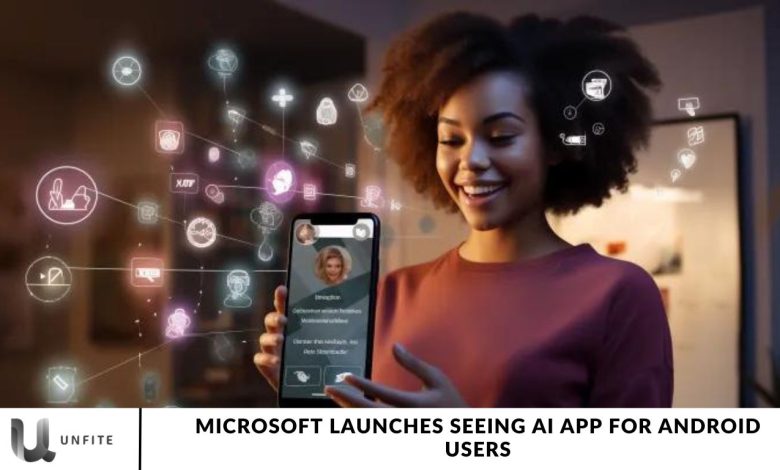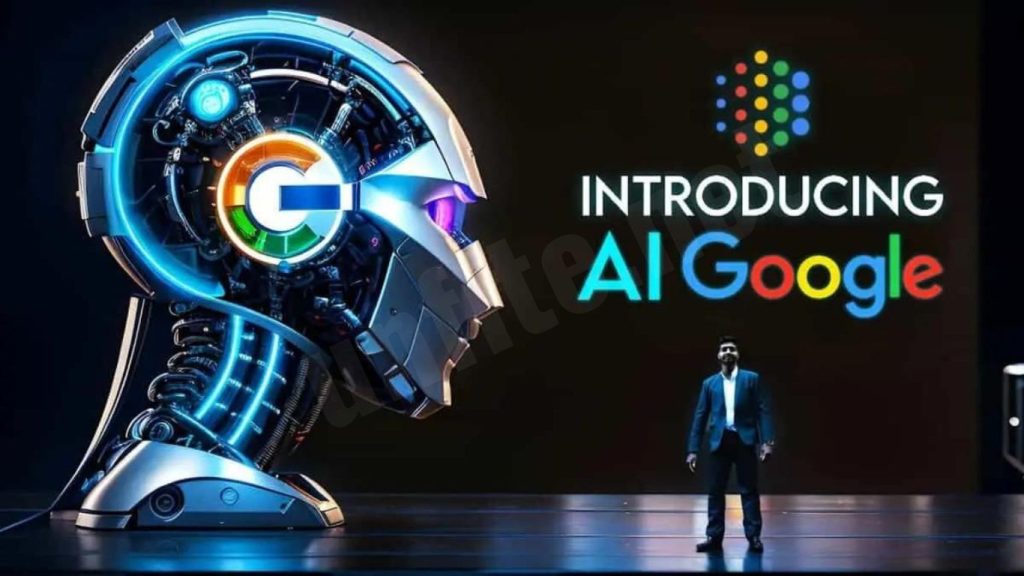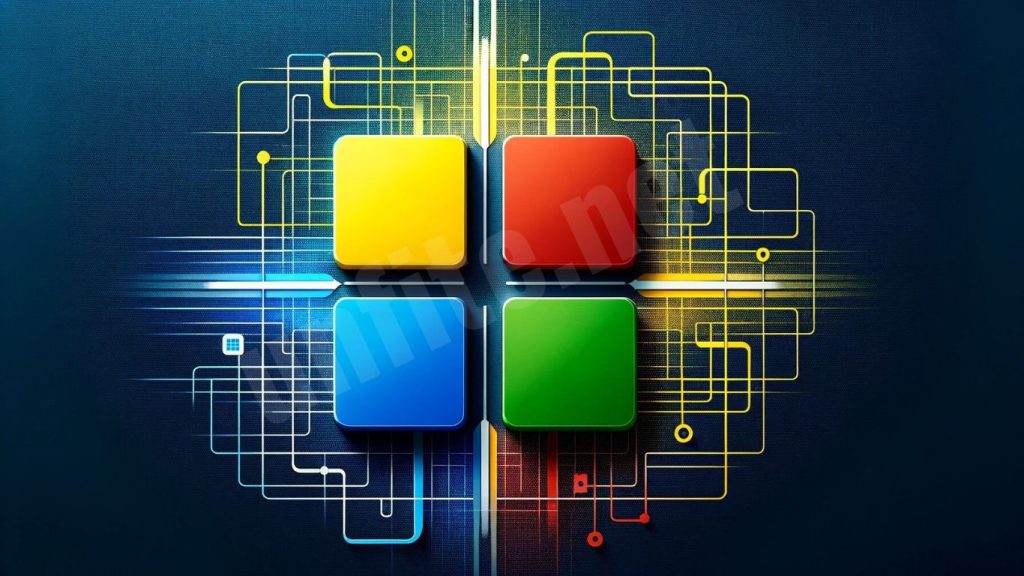Microsoft Launches Seeing AI App for Android Users

On Monday, Microsoft officially announced the availability of the Seeing AI app for Android, marking a significant milestone in accessibility technology. The app, which is currently accessible on the Google Play Store, supports 18 languages and aims to expand to 36 languages by the end of the year.
The release of the Seeing AI app for Android represents a pivotal moment for Microsoft. Initially exclusive to iOS users, this expansion to Android will significantly enhance accessibility for users worldwide, creating a profound impact on how individuals with visual impairments interact with their environment.
What Is This Seeing AI?
The Seeing AI app provides a detailed description of a person’s surroundings. It is specifically designed to assist individuals who are blind or have low vision. It enables users to perform tasks like reading mail, identifying objects, and receiving audio descriptions of images. By simply pointing their phone’s camera at an object and taking a picture, users can instantly hear a descriptive narration of what they see.
How Does Seeing AI Help Users?
The Seeing AI app features various categories tailored to specific tasks. For example, the Short Text function instantly reads aloud any text detected in front of the camera. The People feature identifies individuals nearby, while the Currency function helps users recognize different denominations of money.
Additionally, the innovative Scenes feature allows users to slide their fingers across the screen to feel the locations of objects and receive detailed descriptions of the captured scenes. Moreover, Seeing AI is equipped to read text and identify a range of colors, enhancing the user experience for those with visual impairments.
How To Download Seeing AI?
If you have an iPad or iPhone, you can easily download the Seeing AI app from the App Store. The latest updates for both Android and iOS now allow users to ask about specific details within documents, such as menu items or prices on a receipt.
Moreover, the app provides descriptions of photos and can summarize articles as well. Microsoft notes that “customer feedback will be essential for integrating AI-powered enhancements into future versions of the Seeing AI app.”
Other major technology companies, including Apple and Google, have also developed products specifically tailored for individuals with vision impairments or blindness over time.
What Is Google’s Lookout App?
Google’s Lookout app empowers users to use their phone’s camera to read documents and identify objects in their environment. Meanwhile, the Guided Frame feature on Pixel devices offers audio cues and feedback to help users frame their selfies perfectly.
For iPhone and iPad users who are blind or have low vision, the Door Detection feature is invaluable for identifying doors upon arrival at new locations. Additionally, Apple’s Point and Speak functionality allows users to vocalize text labels simply by pointing their devices toward them.
Overview of the Seeing AI App

What is Seeing AI?
Seeing AI is a revolutionary app developed by Microsoft that leverages advanced artificial intelligence (AI) to assist individuals who are blind or have low vision. The app serves multiple purposes, focusing primarily on enhancing accessibility in daily life.
Functionality:
- The app analyzes and describes the environment using a smartphone camera. It can read printed text, recognize objects, identify people, and even detect currency notes.
- It translates visual information into audio descriptions, which allows users to “hear” their surroundings. For example, when a user points their phone camera at a menu, the app can read the text aloud, enabling them to make informed choices.
Inclusivity:
By providing real-time descriptions of the environment, Seeing AI aims to empower users to navigate their surroundings with greater confidence and independence.
The app is designed to cater to a wide range of users, from those needing essential assistance to those looking for more comprehensive support in their daily tasks.
Initial Launch and iOS Exclusivity
Seeing AI was initially launched exclusively for iOS devices in 2017, a significant milestone in accessibility technology.
Impact of iOS Exclusivity:
- The decision to launch on iOS first allowed Microsoft to tap into Apple’s ecosystem, which is known for its commitment to accessibility. This partnership enabled them to leverage the robust features of iOSiOS features, further enhancing the app’s usability for visually impaired users.
- The app was received with enthusiasm by enthusiastically received community, as it offered sophistication. Itool that combined AI technology with the practical functionality of smartphones. Users reported significant improvements in their ability to perform everyday tasks, leading to a greater sense of independence.
Community and Feedback:
- The initial success of Seeing AI on iOS fostered a strong user community. Feedback from users was instrumental in shaping the app’s features and future updates. Many users shared their experiences, suggesting improvements and new functionalities, which helped Microsoft refine and expand the app’s capabilities.
- The positive impact of Seeing AI on iOS demonstrated the potential for technology to enhance the quality of life for individuals with disabilities, setting a precedent for other tech companies to explore similar innovations.
Key Features of the Seeing AI App for Android
Real-Time Object and Text Recognition
Seeing AI allows users to read documents and identify objects in real time using their smartphone’s camera.
Reading Documents:
- Users can point their phone’s camera at printed text—such as documents, signs, or menus—and the app will instantly recognize and read the text aloud. This feature is particularly beneficial for tasks like reading receipts or menus at restaurants, allowing individuals with visual impairments to access written information independently.
- The app employs advanced optical character recognition (OCR) technology, which ensures high accuracy in identifying text, even in varying lighting conditions or fonts.
Identifying Objects:
- In addition to reading text, Seeing AI can recognize various objects within the user’s environment. When users aim their camera at an object, the app identifies it and provides an audio description. For instance, it might say, “This is a chair,” or “You are holding a coffee mug.”
- This functionality helps users navigate their surroundings more effectively. Users can receive immediate feedback on the items around them, enabling them to make informed decisions without assistance.
User-Friendly Navigation
Seeing AI is designed with an intuitive interface that enhances user experience, making it accessible for individuals with varying levels of technical proficiency.
Simple Layout:
- The app features a straightforward layout, allowing users to easily access its functionalities. Key features are clearly labeled and organized, making navigation effortless for users, even those who may need to be tech-savvy.
Voice Guidance:
- The app employs voice guidance to help users navigate through its features. This means that as users interact with the app, they receive spoken instructions that guide them on how to use different functionalities. For example, when a user selects the object recognition feature, the app will announce what to do next, such as “Point your camera at the object.”
Gestural Controls:
- Seeing AI incorporates gestural controls, enabling users to perform actions by swiping or tapping the screen. This tactile feedback helps users understand what to expect and how to operate the app without relying solely on visual cues.
Language Support and Accessibility
Seeing AI is committed to inclusivity, which is reflected in its language support and accessibility features.
Current Language Options:
- The app currently supports multiple languages: English, Spanish, French, German, Italian, and several others. This wide range of language options allows users from diverse linguistic backgrounds to benefit from its functionalities.
Plans for Future Expansions:
- Microsoft has announced plans to expand language support to a total of 36 languages by the end of the year. This initiative aims to make the app more accessible to a global audience, ensuring that individuals in various regions can utilize its features in their native languages.
- Additionally, feedback from the community will play a vital role in determining which languages and dialects are prioritized in future updates, further enhancing the app’s inclusivity and effectiveness.
How the Seeing AI App Empowers Users

Enhancing Independence for the Visually Impaired
The Seeing AI app plays a crucial role in promoting autonomy among visually impaired users by providing them with powerful tools to navigate their daily lives more independently.
Empowerment Through Technology:
- By offering real-time object and text recognition, the app empowers users to perform tasks that might otherwise require assistance from others. This sense of independence can significantly boost their confidence and self-reliance.
- Users can engage in activities without needing to rely on friends, family, or caregivers for help, fostering a greater sense of control over their lives.
Increased Accessibility:
- Seeing AI facilitates access to information that is typically visual, such as reading signs, labels, and documents. This enhanced accessibility allows users to participate in social, educational, and professional environments with greater ease.
- The ability to understand and interact with their surroundings without assistance enables users to engage more fully in their communities, reducing feelings of isolation.
Examples of Everyday Use Cases
The Seeing AI app provides numerous practical applications that demonstrate its value in everyday situations. Here are several scenarios illustrating how the app significantly benefits users:
Reading Menus:
- When dining out, users can point their camera at a restaurant menu, and the app will read the menu items aloud. This allows individuals to independently choose their meals without needing to ask a server for assistance. It enhances the dining experience by giving users control over their food choices and fostering social interactions.
Identifying Currency:
- The Currency feature helps users quickly identify different denominations of currency. By simply pointing the camera at a banknote, the app announces its value. This capability allows users to handle cash transactions confidently, whether at a store or while traveling, eliminating uncertainty and embarrassment.
Recognizing Faces:
- The People feature allows users to recognize familiar faces. After teaching the app to identify a friend or family member, users can point their camera to see if that person is nearby. This feature is invaluable for social interactions, helping users feel more connected and reducing anxiety about recognizing people in social settings.
Navigating Public Spaces:
- In unfamiliar environments, such as airports or train stations, users can use the app to read signs and navigate through the space. By pointing their camera at directional signs, they can receive audio instructions, helping them find their way without assistance.
Reading Labels and Signs:
- Users can point the camera at product labels in grocery stores to understand product details such as ingredients, nutritional information, or expiration dates. This capability enables users to make informed choices about their purchases, promoting healthier lifestyle decisions.
Frequently Asked Question
What unique functionalities does the Seeing AI app provide for Android users?
The Seeing AI app for Android offers features like real-time text reading, object identification, currency detection, and facial recognition, allowing users to interact with their environment more effectively. Each function is designed to enhance independence for those with visual impairments.
How does the Seeing AI app adapt to different lighting conditions?
The app utilizes advanced AI algorithms to improve object and text recognition under varying lighting conditions. It automatically adjusts to provide accurate readings and descriptions, ensuring reliable performance whether indoors, outdoors, or in low light.
What types of documents can the Seeing AI app read?
Users can utilize the app to read various printed documents, including books, letters, menus, and even handwritten notes. The app’s optical character recognition (OCR) technology can interpret different fonts and sizes, providing an accurate reading experience.
How does the app assist in recognizing and identifying people?
The People feature allows users to teach the app to recognize specific individuals. Once a face is registered, users can point their camera at a person, and the app will announce their name, fostering social interactions and reducing uncertainty in public settings.
What is the process for updating the Seeing AI app?
Users can update the Seeing AI app through the Google Play Store. Regular updates are provided to enhance performance, add new features, and expand language support. Users will receive notifications when updates are available.
Are there any accessibility features specifically designed for users with additional disabilities?
Yes, the Seeing AI app is designed with a user-friendly interface that includes voice guidance and haptic feedback, making it easier for users with additional disabilities to navigate and utilize its features effectively.
Can users provide feedback on the app’s functionalities?
Absolutely! Microsoft encourages user feedback through the app itself and its support channels. User suggestions are valuable in guiding future updates and improvements, ensuring that the app continues to meet the needs of its audience.
How does the Seeing AI app ensure user privacy and data security?
The app prioritizes user privacy by processing data locally on the device where possible, minimizing the amount of personal information transmitted. Additionally, Microsoft follows strict data protection policies to safeguard user information.
Conclusion
The Launch of the Seeing AI app for Android users marks a significant milestone in accessibility technology, expanding Microsoft’s commitment to empowering individuals with visual impairments. By providing a robust suite of features—including real-time text reading, object recognition, and facial identification—the app enhances users’ independence and enriches their daily experiences.
With plans for ongoing updates and multilingual support, the Seeing AI app aims to reach a broader audience, ensuring that more people can benefit from its capabilities. This initiative not only reflects Microsoft’s dedication to inclusivity but also showcases the transformative power of technology in fostering autonomy and enhancing the quality of life for those with disabilities.




